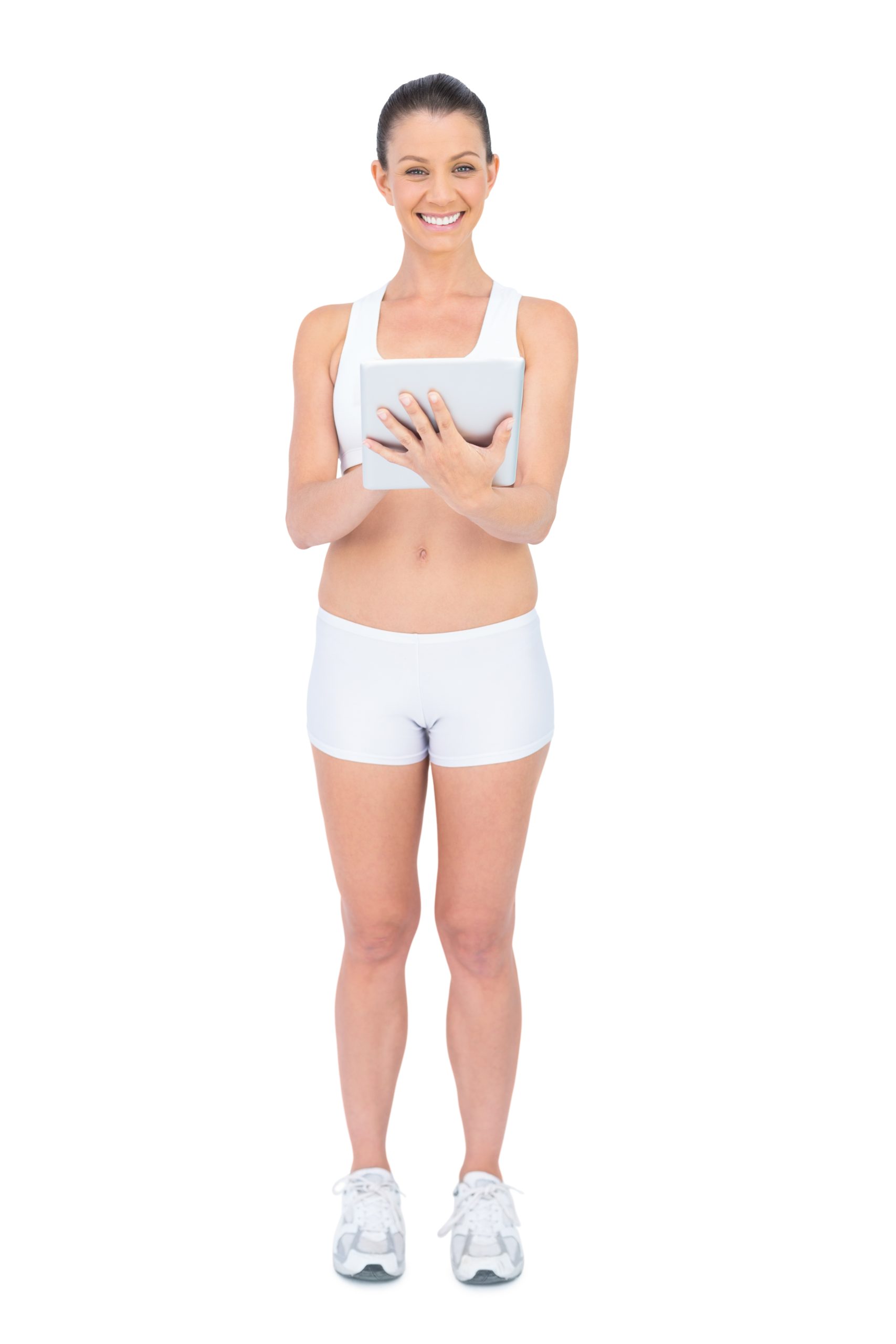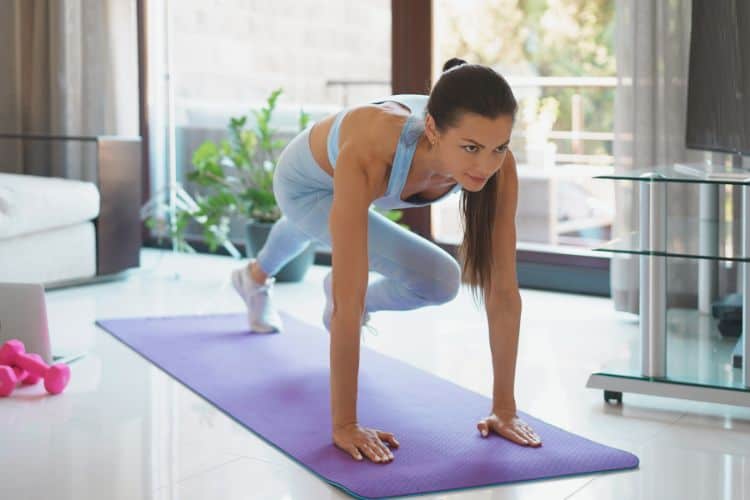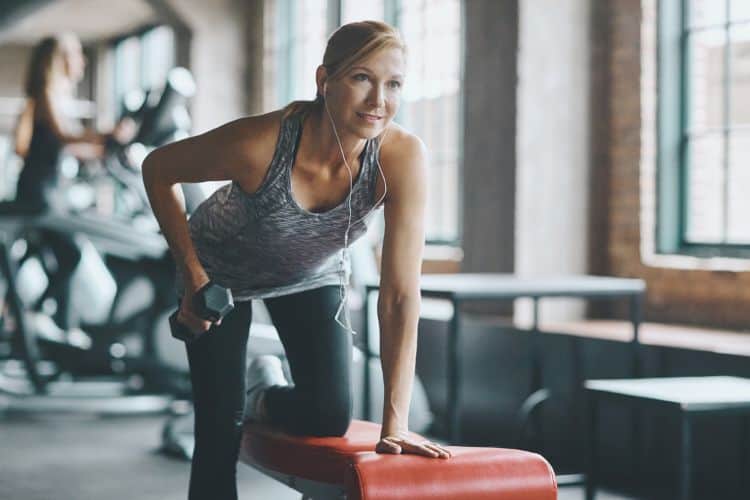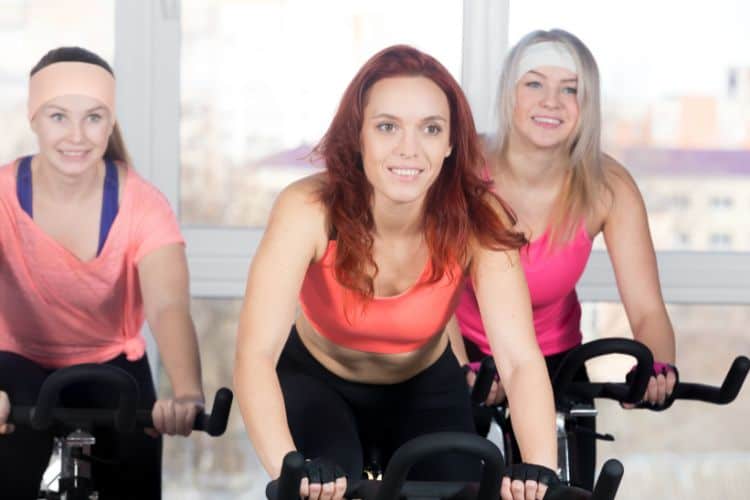Sign up for workout ideas, training advice, reviews of the latest gear and more.






As we age, staying active becomes more important than ever. Cardio workouts over 50 are not just about maintaining weight or looking good—they’re essential for heart health, bone density, mental clarity, and overall longevity. This comprehensive guide breaks down the best cardiovascular exercises for those over 50, how to get started safely, and how to build a long-term, sustainable fitness habit.
Cardiovascular exercise, often simply called “cardio,” includes any activity that raises your heart rate and keeps it elevated for an extended period. After 50, the body goes through changes—slower metabolism, muscle loss, stiffer joints, and increased risk of chronic diseases. Cardio helps counter these effects.
Before jumping into a new workout routine, especially if you’ve been inactive, it’s crucial to take a few precautions.
Always get a medical check-up before beginning any new fitness regimen. If you have heart conditions, arthritis, or osteoporosis, your doctor can recommend modifications.
Start every workout with at least 5-10 minutes of warm-up exercises—such as marching in place or gentle arm circles. End with a cool-down and stretching session to reduce stiffness and aid recovery.
Don’t aim for high-intensity right away. Begin with moderate intensity activities and increase frequency or duration gradually to avoid injury or burnout.
Feeling short of breath, dizzy, or experiencing joint pain? Stop and assess. Overtraining can lead to fatigue or injury, especially as you age.
You don’t need to run marathons to get effective cardio. Here are some of the best options for adults over 50 that are low-impact, accessible, and effective.
Walking is often underrated. A brisk walk can significantly improve cardiovascular health. It’s joint-friendly and requires no equipment.
Tips:
Water-based activities are ideal for those with arthritis or joint pain. Swimming laps or participating in water aerobics classes offers full-body cardio with minimal impact.
Benefits:
Cycling, whether outdoors or on a stationary bike, is a great cardio option that strengthens the legs and improves stamina.
Beginner Tips:
Dance-based cardio like Zumba Gold, line dancing, or ballroom is both a fun social activity and great cardiovascular exercise.
Why it’s ideal:
Hiking adds an element of resistance training due to inclines and uneven surfaces.
Tips for older adults:
Elliptical trainers provide a full-body cardio experience without the impact of running.
Advantages:
Rowing works the arms, back, legs, and core while offering solid cardiovascular benefits.
Ideal for:
Here’s a basic cardio routine that balances variety, intensity, and recovery.
| Day | Workout | Duration |
|---|---|---|
| Monday | Brisk walk + bodyweight squats | 30 minutes |
| Tuesday | Swimming or water aerobics | 30-45 minutes |
| Wednesday | Rest or gentle yoga | 20 minutes |
| Thursday | Cycling (stationary or outdoor) | 30 minutes |
| Friday | Dance class or follow-along video | 30 minutes |
| Saturday | Hike or elliptical workout | 45 minutes |
| Sunday | Stretching + walk recovery day | 20-30 minutes |
This plan keeps your cardiovascular system active while offering enough recovery time to avoid fatigue or injury.
Monitoring progress is crucial. Here’s how to gauge effectiveness:
Your target heart rate during moderate-intensity cardio is roughly 50–70% of your maximum heart rate (220 – your age). For example, at age 60, aim for 80–119 beats per minute.
If you can talk but not sing during your workout, you’re at a moderate intensity. If speaking is difficult, you’re in vigorous territory—dial it back if needed.
After a few weeks, you should feel more energetic, sleep better, and notice improved stamina in daily tasks like climbing stairs.
Many people over 50 have unique physical concerns. Here’s how to adapt your workouts accordingly:
While cardio is essential, don’t neglect strength training. Combining both leads to optimal health benefits:
Try This Combo Plan:
Working out is only part of the equation. Nutrition and rest are just as important.
Consistency is key. Here are ways to keep your motivation high:
Aim to improve endurance, health markers, or mobility, not just appearance.
Use a journal or fitness tracker to log your workouts and improvements.
A partner or walking group increases accountability and makes fitness fun.
Vary your cardio routine every few weeks to prevent boredom and stimulate different muscles.
Age is not a barrier—it’s an invitation to care for your body more intentionally. With the right cardio workouts over 50, you can improve your health, boost energy, manage weight, and enhance your quality of life. Whether you’re walking your neighborhood, dancing in a studio, or cycling on a trail, what matters most is staying active and consistent.
Cardio after 50 doesn’t have to be extreme. Even small, consistent steps lead to long-term health improvements. Start today with what you can do—and build from there.
Want more effective workouts?
Subscribe to our blog or follow us on Pinterest for new routines, challenges, and fitness tips!
Stay up to date on the latest women’s health, fitness and lifestyle trends and tips.